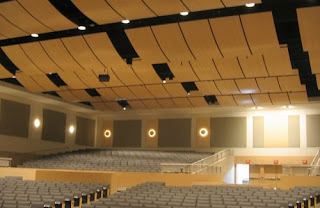Why electric transformer sound happens and how to lessen it

Speaking of power regulation, transformers are everything. Step-down and step-up transformers can enhance or reduce voltages to apply whatever level of power is required for a given application, and as long as transformer noise is not part of the electrical system, they will do their job efficiently and dependably. But transformer sound can be a substantial issue. Even small amounts can back up the works and power transformers from working the way they are designed, should so it is vital to know precisely what transformer noise is, what exactly is causing it, and how to prevent it. What follows is a testimonial of those three aspects of transformer performance, along with some proper suggestions and a review of two of the best transformer products in the industry. What causes the humming noise in an electrical transformer and how is sound measured? One of the most common symptoms of extra transformer noise is that familiar humming noise that transformers give out. However, determinin


